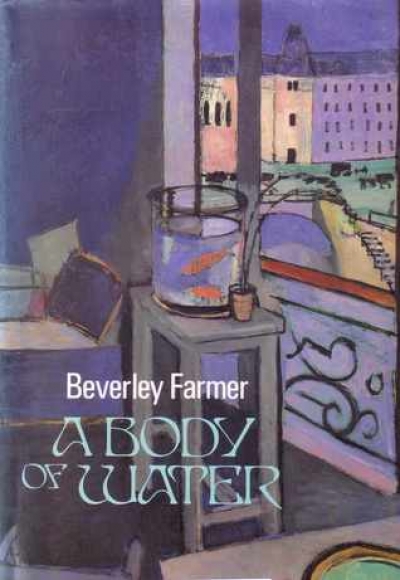Archive
Bookseller Terri-ann White surveys the publishing scene in Perth and Fremantle, for several decades now torn by a battle for funds but recently showing encouraging signs of optimistic development.
Since 1975 and the establishment of the Fremantle Arts Centre Press, the writing community of Perth has benefited enormously from the focus and support it has offered. Whether individual writers have been published by it or not, in the most isolated city in the world the possibilities have been opened up. The Press has clearly been responsible, as a developmental publisher, for encouraging and promoting creative writing, biography, and regional history writing in WA, and for opening up resources and opportunities for writers to work closely with good editors, good advice, and plenty of time to learn and hone work into a publishable form.
... (read more)The notion of what it means to be different, and the question of how we know we are different, invites us to consider statistical method and its implications for our society, for only in the context of what is normal can an individual be assessed as different. Mathematically, it would appear that the relationship between an individual and a society composed of individuals is by no means straightforward, a subtlety increasingly lost on those citizens who, armed with degrees in the social sciences, emerge from our tertiary institutions to study, rehabilitate, and edify us.
... (read more)







